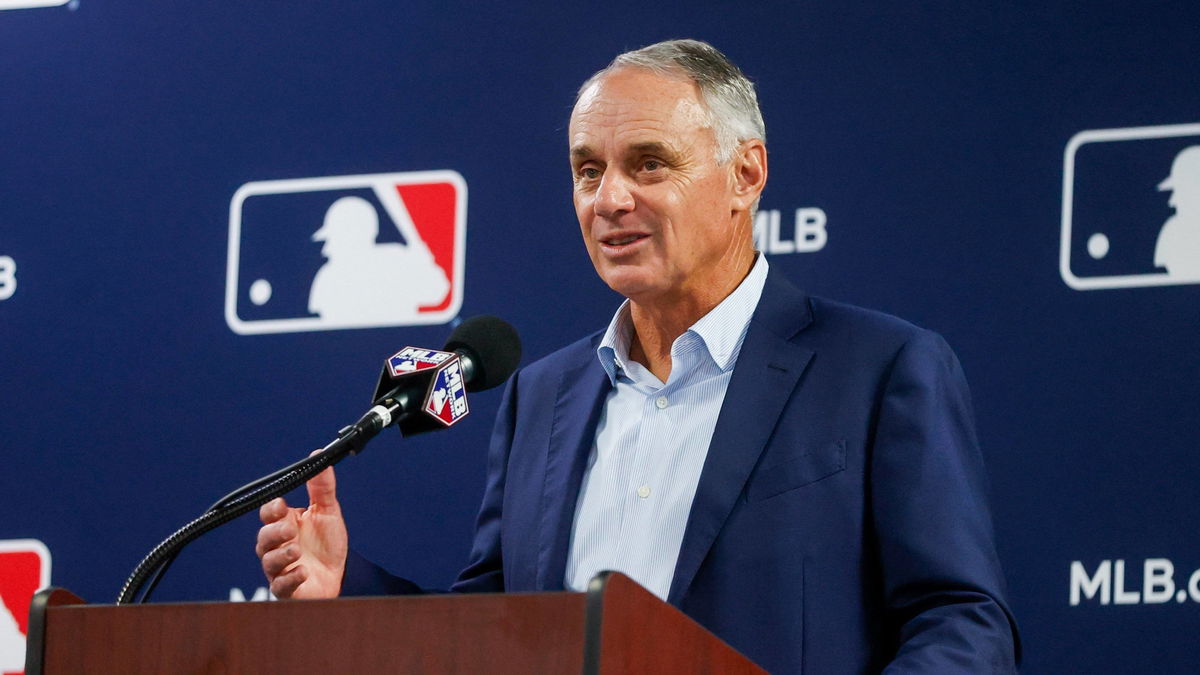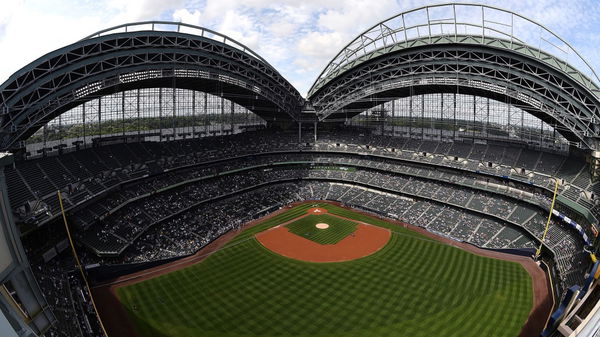
Imago
Image: MLB.com

Imago
Image: MLB.com
For over a century and 20 years, the American League and National League have been the defining institutions of Major League Baseball. A potential expansion could entirely reshape the structure of the leagues and divisions, changing the way we’ve known them all our lives. Now, another cornerstone—one we didn’t expect to ever change- may soon face the same fate.
Watch What’s Trending Now!
That endangered tradition is the long-known 162-game schedule. The idea of growing from 30 to 32 clubs does sound exciting on the surface. However, beneath the surface, there is a domino effect.
Recently, a team executive casually referred to the 162-game schedule as “an endangered species.” When another club official, who’d like to stay anonymous, was even more decisive. He said, “expansion means the end of 162,” while speaking with The Athletic.
ADVERTISEMENT

Imago
credits: MLB.COM
The MLB’s schedule is often viewed as the world’s largest jigsaw puzzle. That’s mainly because each piece is connected to every other piece. Now, add two more pieces into the picture, and it changes everything. Insiders say that if the league extends to 32 teams, the season would likely get shortened to 156 games or 154 games instead of the current 162-game format. But why? Let’s take a look at the math first. 32 teams will split into eight divisions of four teams each. The numbers add up to a 156-game season.
- Each team plays 12 games against the three other teams in its division → that’s 36 games.
- Then, six games against each of the 12 other teams in the league → that adds 72 games.
ADVERTISEMENT
So far, that’s 108 games. What about the rest?
- Three games against each of the 16 teams in the other league → that’s 48 more games.
- Add it all up: 36 + 72 + 48 = 156 games.
ADVERTISEMENT
However, there is one factor that can shrink the schedule to 154 games as well. That factor is history. It’s historically perfect because it happens to be a standard for many memorable seasons. After all, for six decades, baseball operated with a 154-game season. It came to an end in the early 1960s.
How MLB will look like after expansion
Currently, Salt Lake City and Nashville have been the front-runner cities for the MLB expansion. Montreal and Mexico are also being considered. However, Mexico’s high altitude (7349 feet) would make it tough for the pitchers.
ADVERTISEMENT
Moreover, MLB hasn’t expanded since 1998 when the Diamondbacks and Devil Rays entered the fold. Clearly, the league is overdue for growth. The geographic realignment in the league is becoming more likely. The expansion is expected before the end of this decade. The New York Mets could end up in the same division as the Yankees instead of the Braves.
Plus, in the postseason, instead of having three division winners and three wild card clubs, the new plan would have four division winners and two wild cards. The postseason would still be split between the American League side and the National League side, so each side has its own bracket.
Top Stories
Kyle Tucker Blue Jays Speculation Deepens as Two Key Stars Drop Cryptic Hints

Mark Shapiro Rubs Salt in Yankees’ Wounds as He Issues Stark Ultimatum to Blue Jays Clubhouse

Rift in Phillies Clubhouse as Dave Dombrowski Punishes Bryce Harper Teammate in “Worst Trade” Fallout, Says Insider

Scott Boras Becomes Cubs’ Biggest Headache as Jed Hoyer Forced to Break Character for Tatsuya Imai

Fostering Fan Love: Shohei Ohtani Delves Into His Deep Connection With Dodgers’ Fanbase

Teams like the Phillies, Mets, Braves, the Red Sox, or Blue Jays wouldn’t have to travel all the way to the West Coast for division series or wild card games. The league could even make bigger changes. Either in the playoffs or in how divisions are set up.
ADVERTISEMENT
Such as using straight seeding or something similar to the NBA. However, even with the current proposed alignment that focuses mainly on geography, it strikes a good balance between keeping what works now and making improvements.
ADVERTISEMENT
ADVERTISEMENT
ADVERTISEMENT

